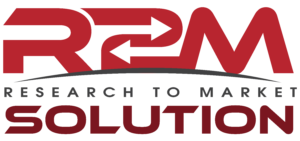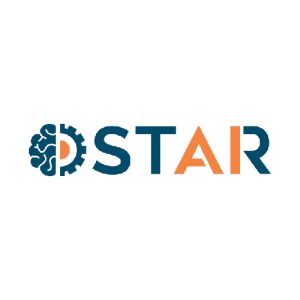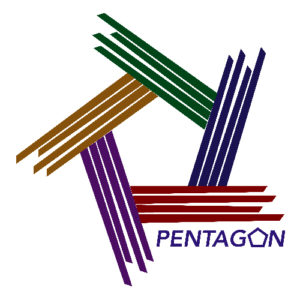
REEMAIN
Project subheading
Resource and Energy Efficient ManufacturINg (REEMAIN) combines cutting edge knowledge and experience from production processes, energy simulation software tools, energy and resource planning and renewable energy and storage to develop and demonstrate a methodology and platform likely to boost the efficiency of both energy and material resources.
Motivation & Impact
Role of R2M
Motivation & Impact
In the discrete product manufacturing environment, most factory buildings contain complex processes which are treated from an energy perspective as standalone devices. This ignores the way in which their energy flows might be integrated with each other or with the factory environment. Although process types may be generic, the way in which they are used in each factory may be highly specific to the industry sector, product type or market. This makes their energy behaviour challenging to model in a virtual environment, however if the energy data from these processes are collected and analysed with respect to the production requirements, it is often possible to identify opportunities for significant energy reduction. In addition to this, if these data can be analysed to better understand the relationship between different sources of energy supply and production demand, informed decisions can be made with respect to how much energy may be reduced by tactics such as demand management, energy cascading or local generation using renewable energy technologies.
Most manufacturers are still relying on a coarse level of energy data to help identify opportunities, such as monthly gas and electricity bills from their utility suppliers. The solution being proposed by the REEMAIN project will enable the analysis of energy flows within the factory building and processes at different levels of detail, starting with whatever data are already available. Through this analysis, users will be able to quantify the most significant opportunities for energy reduction in order to enjoy ‘quick wins’ before deciding whether to carry out a more detailed analysis to investigate more complex energy flows. Experience has shown that in many cases, significant savings may be made simply by visualising energy consumption and production schedule on the same chart. The project will develop investment analysis tools for a range of sizes and types of manufacturer, including those factories where only relatively coarse energy data are available and those with a high level of detailed information.
Role of R2M
The main role of R2M into the REEMAIN project is represented by the leader activity in the WP6 as exploitation managers and international outreach. In this role, R2M drives the project results during the entire project, from research activities to the market penetration, already from the first year of project and until the the project closure. Thanks to its experience in business models, and market analysis, will be analysed the best strategies aimed to bring the gap between research and commercialisation. R2M, in collaboration with the WP7 leader, is responsible for the dissemination into the IMS research programme. R2M is involved also into technical activities and with active role in application of best practices from the energy efficiency consulting and certification of buildings (ISO50001, IPMVP, Fault Detection and Diagnosis, LEED certification). This is reflected in project setup and methodology (WP1 and WP2), put into action at the pilots (WP5), and considered in standardisation (WP7). As an end-user consultant of project methodologies and tools, R2M is also active as a “tester” to provide end user feedback during tool development to ensure ICT platforms are user friendly and meet consultant needs.













































